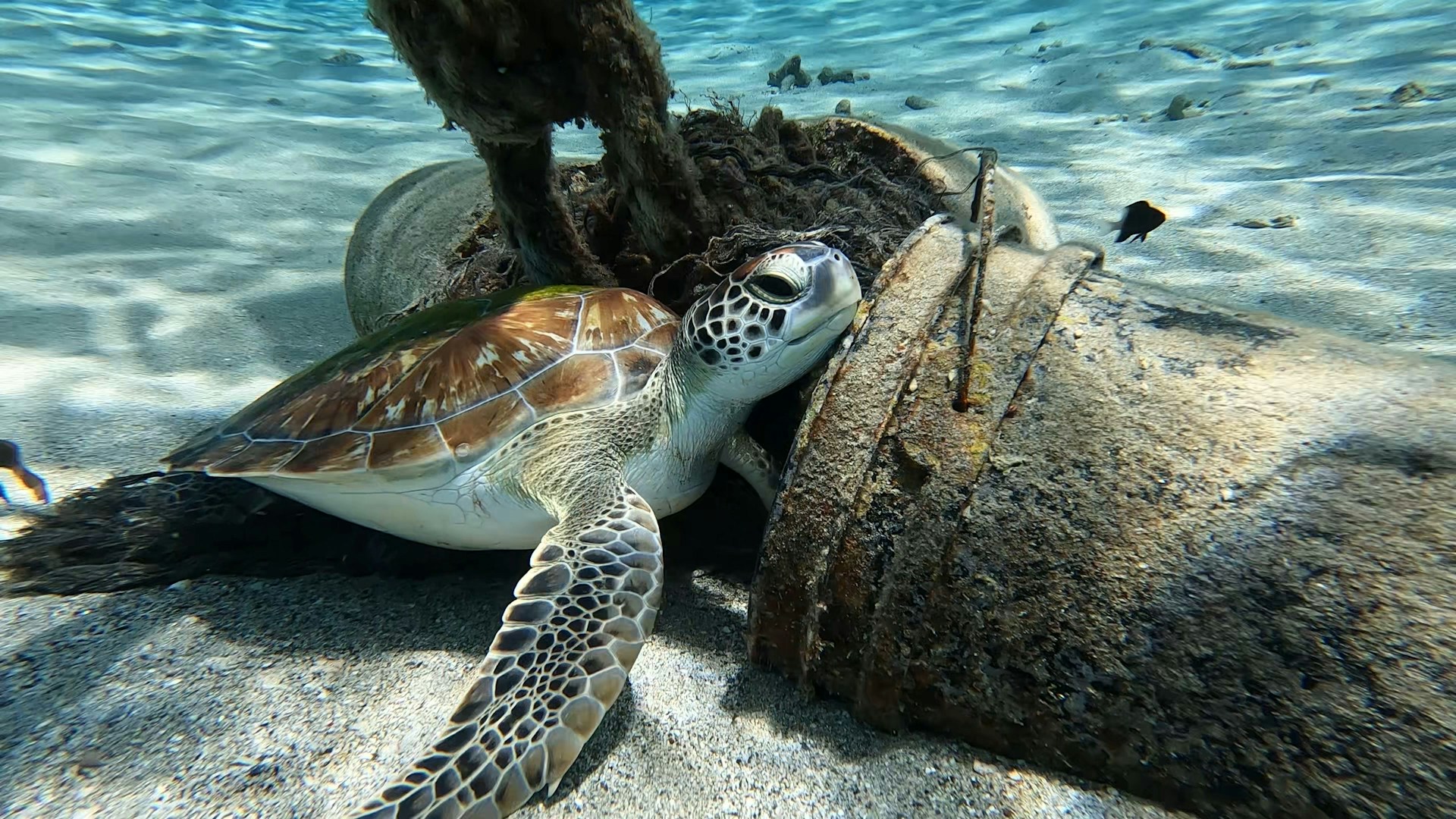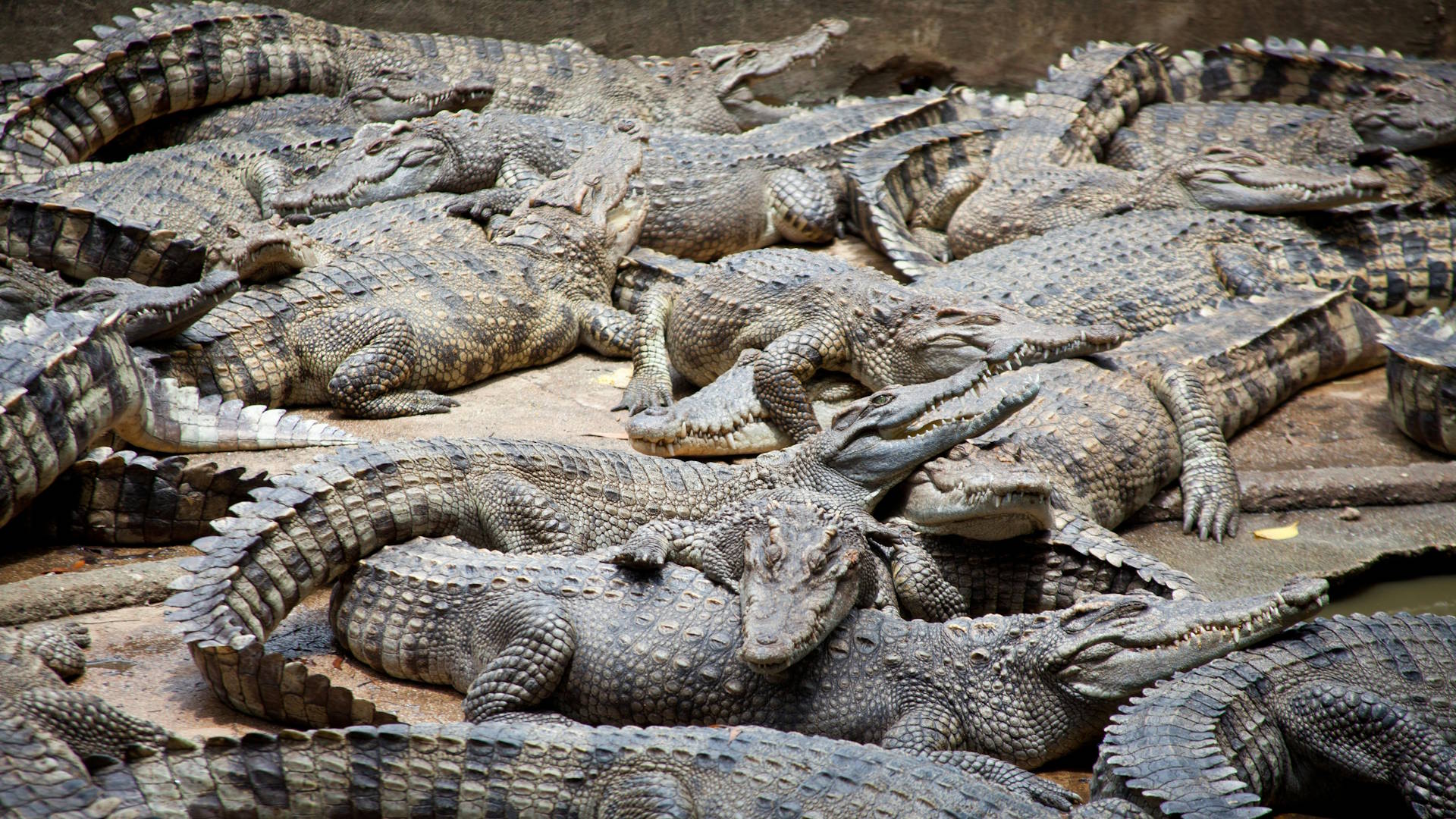The world’s oceans are increasingly becoming repositories for human-generated waste, with plastic pollution emerging as one of the most significant threats to marine ecosystems. Among the numerous victims of this environmental crisis, marine reptiles—sea turtles, sea snakes, marine iguanas, and saltwater crocodiles—face particularly devastating consequences. These ancient creatures, having survived for millions of years through countless environmental changes, now face unprecedented challenges due to the proliferation of plastic debris in their habitats. From ingestion and entanglement to habitat destruction and chemical contamination, plastic pollution presents multifaceted threats to these vulnerable species. This article explores the profound impact of plastic pollution on marine reptiles, examining the mechanisms of harm, the most affected species, and potential solutions to this growing crisis.
The Scale of the Plastic Problem in Our Oceans
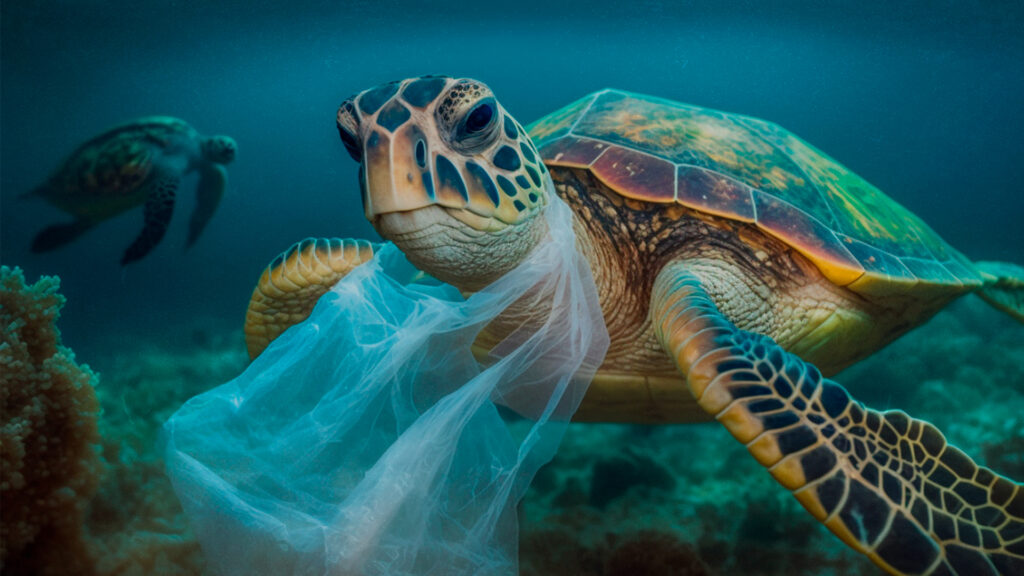
The statistics surrounding plastic pollution in marine environments are staggering, with approximately 11 million metric tons of plastic entering our oceans annually—a figure projected to triple by 2040 without significant intervention. This plastic doesn’t simply disappear; rather, it breaks down into smaller pieces called microplastics, which can persist in the marine environment for hundreds of years. Marine reptiles encounter plastic in various forms, from large debris like discarded fishing nets and plastic bags to nearly invisible microplastic particles suspended in the water column. The ubiquity of plastic means that even the most remote marine habitats, including those critical for reptile breeding and feeding, are now contaminated with human-made debris.
Sea Turtles: The Poster Children of Plastic Pollution

Of all marine reptiles, sea turtles have become emblematic of the plastic pollution crisis, with all seven species globally affected. Their vulnerability stems partly from their feeding habits; for instance, leatherback turtles often mistake floating plastic bags for jellyfish, their primary prey. Once ingested, plastic can block the digestive tract, causing starvation, reduced growth rates, and eventual death. Research indicates that even a single piece of plastic can increase a sea turtle’s mortality risk by 20%, while turtles that have ingested 14 plastic items face a 50% mortality rate. Beyond ingestion, turtles frequently become entangled in abandoned fishing gear, plastic packaging straps, and other debris, leading to injuries, impaired movement, and drowning.
The Deadly Confusion: Why Marine Reptiles Consume Plastic
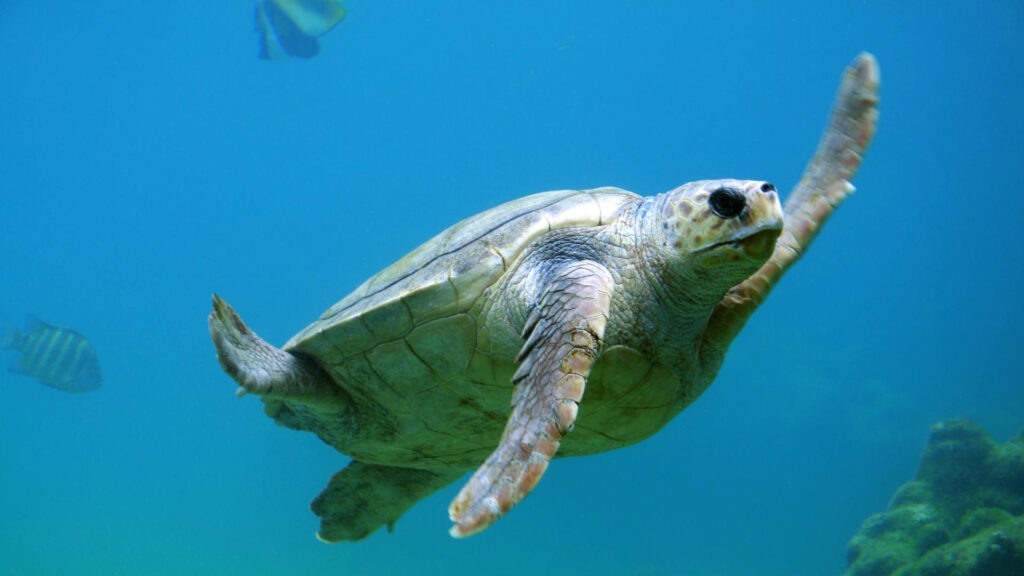
The prevalence of plastic ingestion among marine reptiles isn’t simply a matter of random encounters but is driven by sensory confusion. Sea turtles rely heavily on visual cues when foraging, and the translucent, undulating properties of plastic bags in water closely resemble the movement patterns of jellyfish. Recent research suggests that olfactory deception may also play a role, as plastics in the ocean develop a biological film of algae that can emit food-like odors appealing to marine reptiles. For sea snakes and other marine reptiles that hunt by sensing movement, microplastics drifting in currents can trigger predatory responses similar to those elicited by small prey animals. This sensory confusion represents an evolutionary trap—natural behaviors that have ensured survival for millions of years now lead these ancient creatures directly to harmful substances.
Entanglement Issues Facing Marine Reptiles
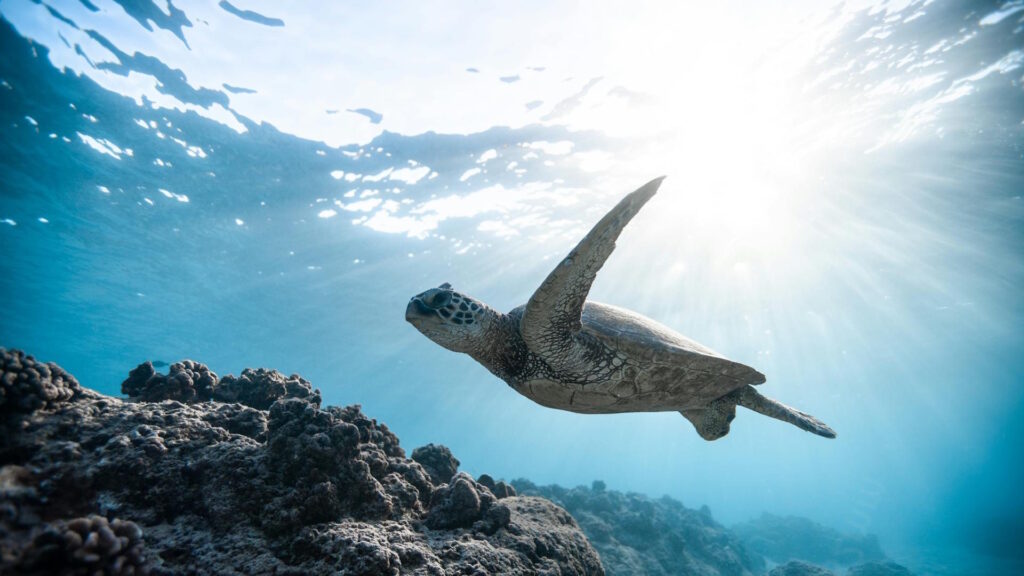
Entanglement in plastic debris presents a particularly visible and traumatic threat to marine reptiles, with fishing gear—including nets, lines, and traps—being the most lethal form of plastic pollution in this regard. When entangled, sea turtles and other marine reptiles may suffer from deep lacerations that can become infected, constriction injuries that impair blood flow to limbs, and severely restricted mobility that affects their ability to feed, escape predators, or surface for air. For sea turtles specifically, entanglement during developmental years can lead to shell deformities as the animal grows around the constraining debris. The true scale of entanglement mortality remains largely undocumented, as many affected animals likely perish at sea without being recorded in official statistics.
The Unique Vulnerabilities of Sea Snakes
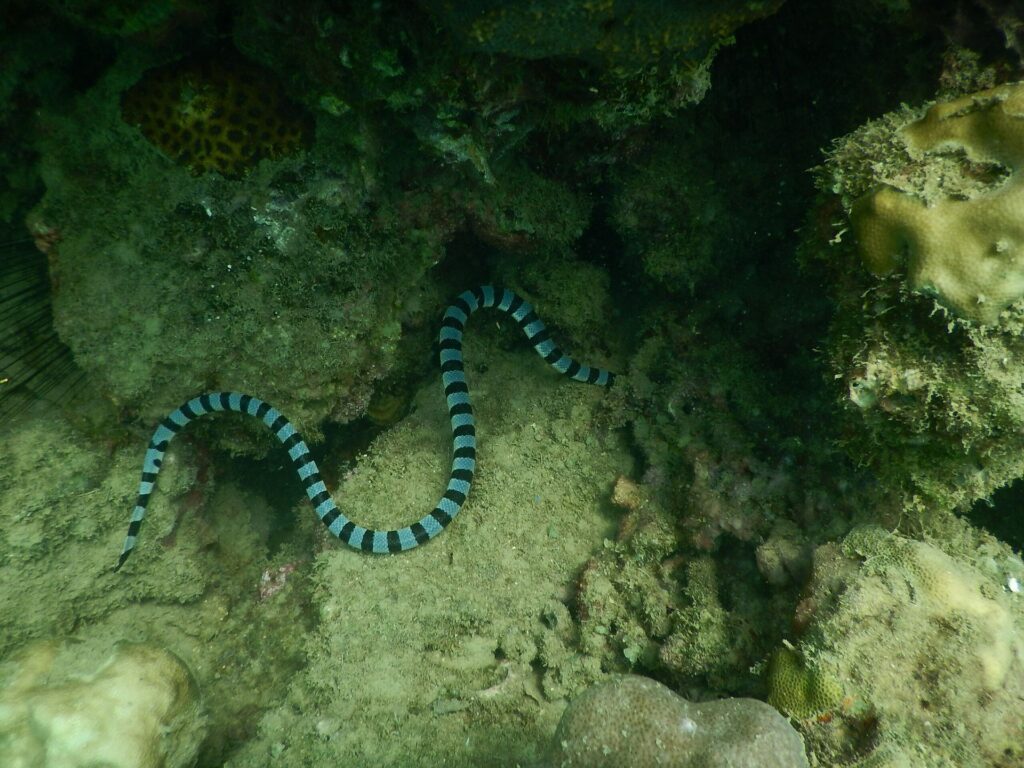
Sea snakes, comprising approximately 70 species of highly adapted marine reptiles, face distinct challenges from plastic pollution that have received comparatively little research attention. These slender, agile swimmers can become easily entangled in plastic debris, particularly discarded fishing nets and lines that can ensnare them as they hunt in coral reefs and other complex habitats. Their curious nature and prey-sensing behaviors may lead them to investigate plastic items, increasing their risk of entanglement or ingestion. Sea snakes must surface regularly to breathe, and entanglement can prevent this critical behavior, leading to drowning. Additionally, as many sea snake species give birth to live young in shallow coastal waters—areas often heavily polluted with plastic—both adults and newborns face heightened exposure risks during vulnerable life stages.
Beach Nesting Disruption: Plastic’s Impact on Reproduction

The reproductive cycles of many marine reptiles, particularly sea turtles and some sea snakes, involve critical interactions with beach environments that are increasingly compromised by plastic pollution. Female sea turtles may abort nesting attempts when encountering excessive beach debris, reducing overall reproductive output for threatened populations. When nests are successfully laid, developing eggs can be damaged by plastics in the sand that alter temperature gradients, gas exchange, and moisture levels—all crucial factors for proper embryonic development. Research has documented cases where plastic debris on nesting beaches has created physical barriers that prevent hatchlings from reaching the ocean, increasing their exposure to predation and dehydration. The microplastics present in nesting substrates may also introduce chemical pollutants that disrupt hormone functions critical for normal development in reptile embryos.
Marine Iguanas: A Lesser-Known Victim

Marine iguanas, the world’s only sea-going lizards found exclusively in the Galápagos archipelago, face emerging threats from increasing plastic pollution reaching even these remote islands. These unique reptiles feed primarily on marine algae, foraging in intertidal zones and shallow waters where microplastics increasingly accumulate in their food sources. Their specialized gut bacteria, evolved to process high-salt, algae-based diets, may be disrupted by the introduction of plastic particles and associated chemicals. Research indicates that marine iguanas already face numerous stressors, including climate variability and limited food availability during El Niño events, making the additional burden of plastic pollution potentially devastating for their long-term population viability. As an endemic species confined to a specific geographic region, marine iguanas have limited ability to adapt to or escape these novel threats to their specialized ecological niche.
Saltwater Crocodiles and Coastal Pollution
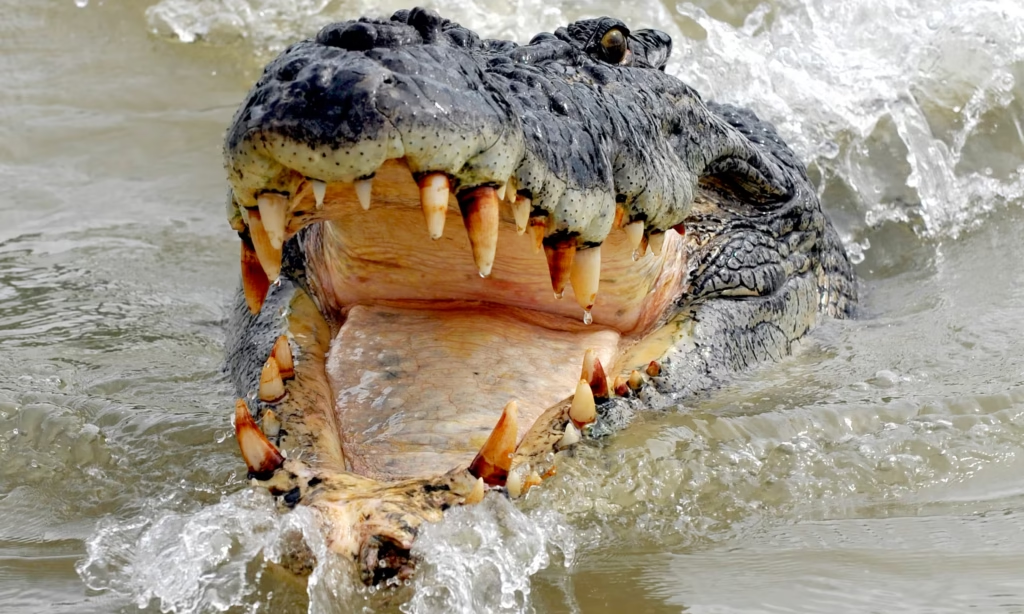
As apex predators in tropical coastal ecosystems, saltwater crocodiles accumulate pollutants through biomagnification—the increasing concentration of substances up the food chain. While these formidable reptiles might seem impervious to the threats posed by plastic, they face subtle but significant impacts through their diet and habitat. Saltwater crocodiles have been documented with plastic items in their stomachs, either consumed directly or present in the digestive tracts of their prey. Their estuarine habitats, where freshwater meets the sea, often serve as collection points for plastic debris carried by rivers and ocean currents, increasing their exposure to both macro and microplastics. Female saltwater crocodiles construct nests using vegetation in wetland areas increasingly contaminated with microplastics, potentially exposing eggs and hatchlings to harmful chemicals during critical developmental stages.
Chemical Contamination: The Invisible Threat
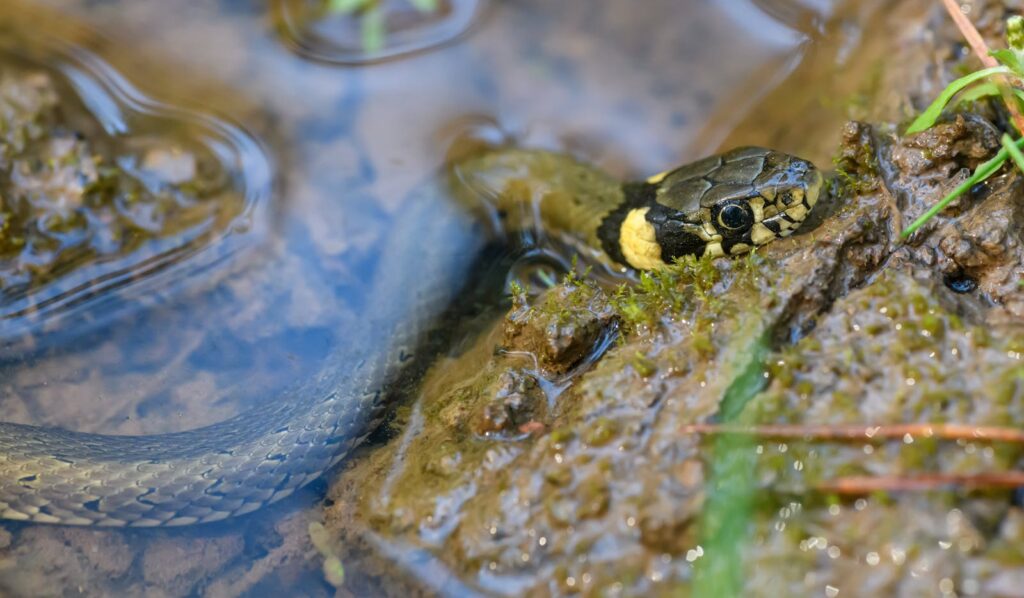
Beyond the physical dangers of plastic debris, marine reptiles face insidious chemical threats from both the additives in plastic products and the pollutants that plastics absorb from surrounding seawater. Plastics contain various additives such as phthalates, bisphenol A (BPA), and flame retardants—compounds known to disrupt endocrine function and affect reproduction and development in reptiles. Additionally, the hydrophobic surface of plastic in marine environments attracts and concentrates persistent organic pollutants (POPs) from the surrounding water, including pesticides and industrial chemicals, at concentrations up to a million times higher than in ambient seawater. When ingested, these plastic-associated chemicals can transfer to animal tissues, affecting immune function, hormone balance, and reproductive success—impacts that may manifest across generations and contribute to population declines without obvious visible causes.
Microplastics: A Growing Concern for Marine Reptiles

Microplastics—plastic particles smaller than 5mm—represent a particularly insidious threat to marine reptiles, as they can be ingested directly or accumulated through prey consumption. These tiny particles have been found in the digestive tracts of numerous marine reptile species, with concerning implications for their health and survival. Microplastics can physically damage digestive tissues, create false sensations of fullness leading to malnutrition, and serve as vectors for harmful bacteria and chemical pollutants. Research indicates that microplastics can translocate from the digestive system into other tissues, including the liver and reproductive organs, potentially causing systemic health effects. For juvenile marine reptiles, which have higher metabolic rates and are undergoing critical developmental processes, exposure to microplastics and associated chemicals may have particularly severe and long-lasting consequences.
Conservation Challenges and Research Gaps
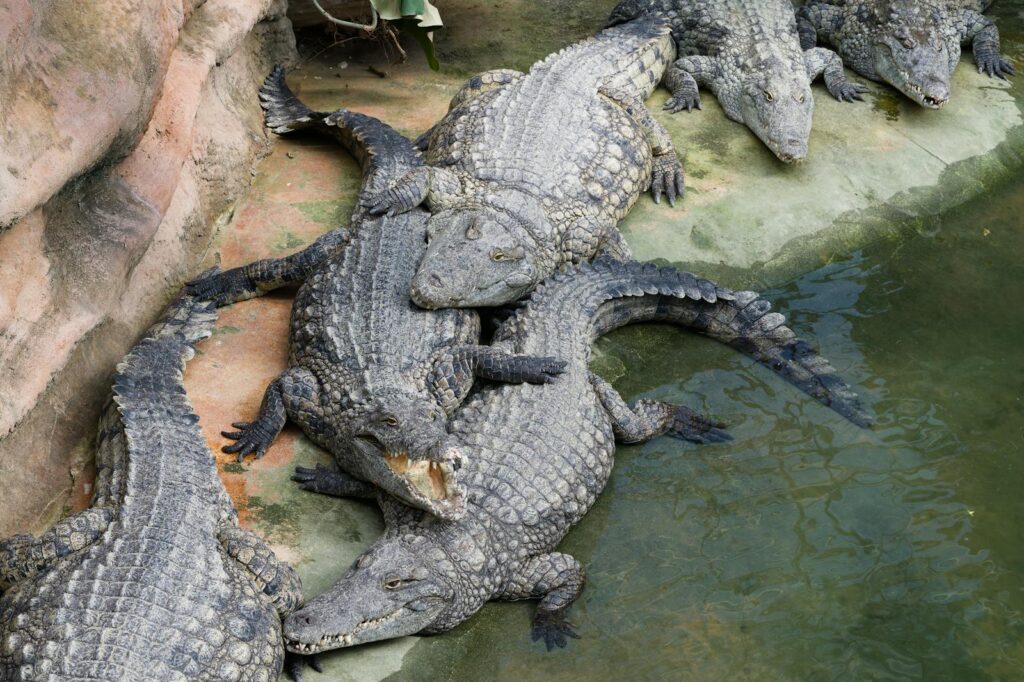
Despite growing awareness of plastic pollution impacts, significant challenges remain in documenting and addressing the specific threats to marine reptiles. Field studies are complicated by the elusive nature of many marine reptile species, their wide-ranging habitats, and the difficulty of attributing mortality to plastic exposure in wild populations. Necropsies of stranded animals likely underestimate plastic-related deaths, as many affected individuals probably perish at sea without being discovered. Most research has focused on sea turtles, leaving substantial knowledge gaps regarding impacts on sea snakes, marine iguanas, and saltwater crocodiles. Long-term, multigenerational studies are particularly lacking but critically needed to understand how chronic exposure to plastics and associated chemicals affects population dynamics over time. These research limitations complicate conservation efforts and policy development aimed at protecting marine reptiles from plastic pollution.
Solutions and Conservation Efforts
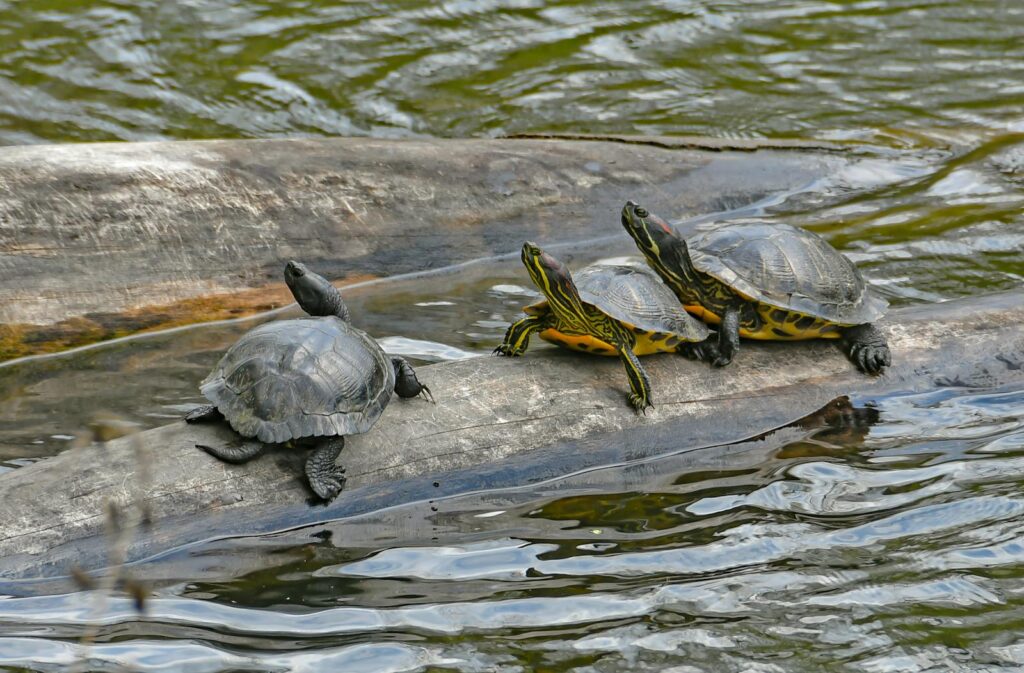
Addressing the impact of plastic pollution on marine reptiles requires a multifaceted approach spanning individual actions, policy changes, and technological innovations. Beach clean-up initiatives, particularly at important nesting sites, have demonstrated immediate benefits for sea turtle reproduction by reducing physical obstacles and entanglement risks for hatchlings. Fishing gear modifications, including biodegradable components and improved tracking systems to reduce ghost fishing, can significantly decrease entanglement mortality. Extended Producer Responsibility (EPR) programs that hold manufacturers accountable for the entire lifecycle of their plastic products are gaining traction globally, while plastic bag bans and packaging regulations directly reduce the most commonly ingested items. Conservation organizations are increasingly incorporating plastic pollution awareness into marine reptile protection programs, recognizing that traditional approaches focused solely on hunting restrictions and habitat protection are insufficient given this pervasive modern threat.
The Future for Marine Reptiles in a Plastic-Polluted Ocean
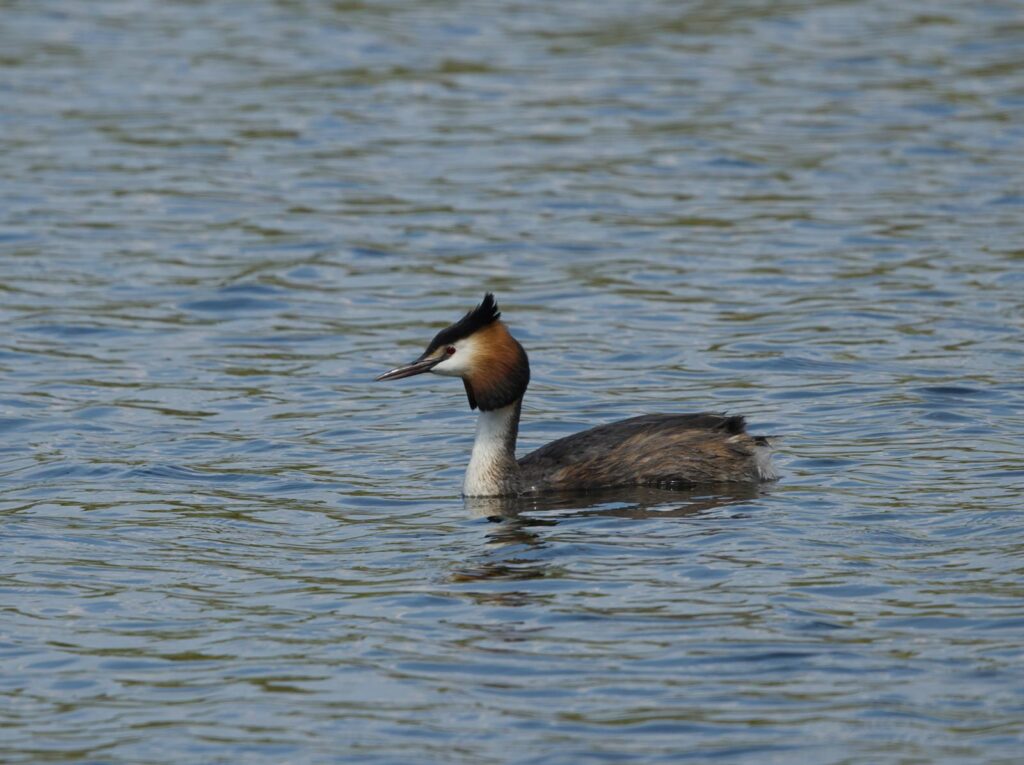
The future of marine reptiles in our increasingly plastic-polluted oceans remains uncertain, with outcomes largely dependent on human actions in the coming decades. Many affected species already face multiple threats including climate change, fisheries bycatch, and habitat loss, making the additional burden of plastic pollution potentially catastrophic for population viability. Encouraging signs include growing public awareness, technological innovations in plastic alternatives, and strengthening international agreements addressing marine pollution. Some marine reptile populations may develop behavioral adaptations to avoid certain types of debris, though the rapid pace of pollution likely outstrips evolutionary responses. Conservation success will require integrated approaches that address both immediate impacts through clean-up efforts and systematic changes to plastic production, use, and disposal. The fate of these ancient marine reptiles—survivors of mass extinctions and millions of years of environmental change—now depends largely on humanity’s willingness to address our plastic addiction.
Conclusion
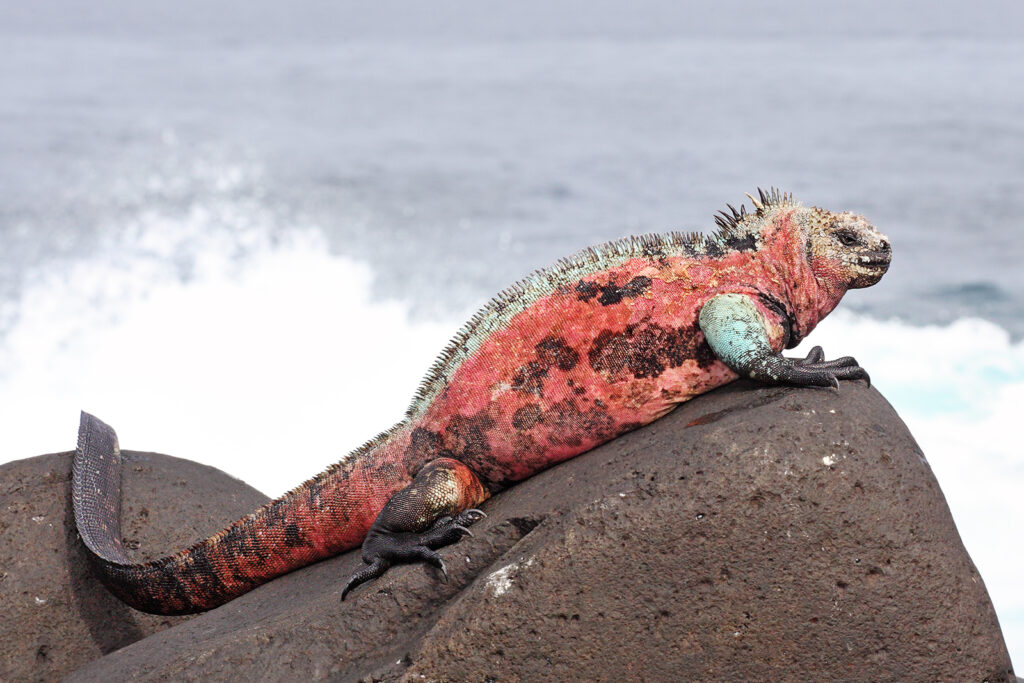
The crisis of plastic pollution presents one of the most significant anthropogenic threats to marine reptiles in their evolutionary history. From the easily visible impacts of entanglement and ingestion to the subtle but potentially more devastating effects of chemical contamination and microplastic accumulation, these ancient creatures face challenges their species have never encountered before. Sea turtles, sea snakes, marine iguanas, and saltwater crocodiles—each with unique ecological roles and evolutionary adaptations—share a common vulnerability to this pervasive modern pollutant. While the situation is dire, the growing awareness of plastic pollution’s impacts has catalyzed conservation actions, policy changes, and technological innovations that offer hope. The future of marine reptiles in our oceans will ultimately reflect our collective choices about how we produce, use, and dispose of plastic materials. These remarkable survivors of prehistoric times now depend on humanity’s willingness to change our relationship with plastic before it’s too late.

